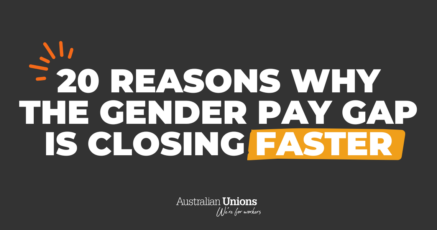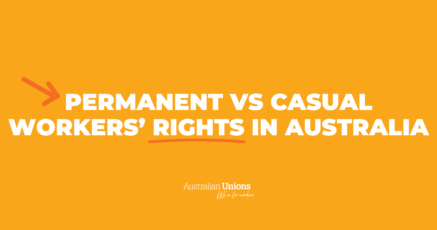The other day I was perusing OECD’s dataset on the gender pay gap. The bar representing Australia was disconcertingly far to the right end of the graph; Australia had one of the widest disparities between women’s and men’s earnings in the OECD, at over 14 per cent.
Today as I idly find the same graph, I notice Australia is more toward the centre. It had gone down to 11 per cent – that is, the average earnings of a woman in Australia was 11 per cent less than male contemporaries.
“Oh!” I think for a split second, “have they uploaded some new data and suddenly it’s not so bad?”
Nope.
I’d accidentally ended up on the page from 2018.
We’ve gone backwards.
There are several factors that contribute to Australia’s yawning gap between men’s and women’s wages. These remained unaddressed and neglected by the sequence of Liberal governments we endured for close to a decade because, as we know, they didn’t seem to care much for women.
It goes deeper than that though. The value of (or lack thereof) women and their work is a running theme.
One of the key issues is that, despite being more highly educated than men, women tend to be in part-time working arrangements. They are still largely the caretakers of children, and with childcare costing a significant portion of people’s pay packets you can understand why it might be more economical to work less and stay home with the kids.
An upsetting factor (in a sea of upsetting factors) is that hiring/recruiting practices and promotions favour men. That’s right – workplaces often still just think of men as being more competent. As those men get promoted, they tend to believe the same of their fellow men, and the cycle is perpetuated.
Of course, there is also the burning fact that work in female-dominated industries (healthcare and social assistance, retail, education) are far less valued than men’s. This is an attitude we need to fix.
A wide gender pay gap is not isolated to Australia
One of the countries that is considered to perform well in matters of gender equity, but not necessarily when it comes to the gender pay gap, is Iceland.
In 1975, approximately 90 per cent of Iceland’s women took, as it was coined, a “day off”.
On October 25 of that year, women across the country went on strike. Not only against their paid employment; they refused to perform their child caretaking duties and forsook housework.
It did the trick – Men scrambled to care for the house and their children, while super important industries like factories where fish was processed (and the vast majority of the workers were women) closed down entirely.
It turned out – surprise, surprise – that women’s work was not just very valuable, it was invaluabe.
For a while, the strong message was heard and felt. But Iceland sits only a few countries above Australia in the OECD’s Gender Wage Gap data, mostly attributed to women working in lower paid (read: less valued) jobs.
The message of course, is that the fight is never over and we must never grow complacent.
The future looks a little brighter
In 2023 we’re seeing a small shift. The Federal Government led by Albanese is introducing a few pieces of legislation that – it is hoped – will close the gap.
Firstly, companies with more than 100 employees will have to publish their gender pay gaps on the WGEA website. Interestingly, Iceland legislated something similar in 2018, for organisations with more than 25 employees.
There’s also the expanded Paid Parental Leave scheme, which seeks to make it easier for parents to share leave, as well as making that leave more flexible.
Not insignificant is the paid Family and Domestic Violence leave which came into effect at the beginning of February. Women are more likely to be victim survivors of family violence, and the process of leaving can be extremely costly – calculated, on average, to cost about $18,000.
Maybe we’ll see the gap close in our lifetimes. My daughter is almost two, and I am determined that by the time she hits working age, she is treated with the same regard, and valued as highly, as her male colleagues.





SHARE:
We’re Winning for Women